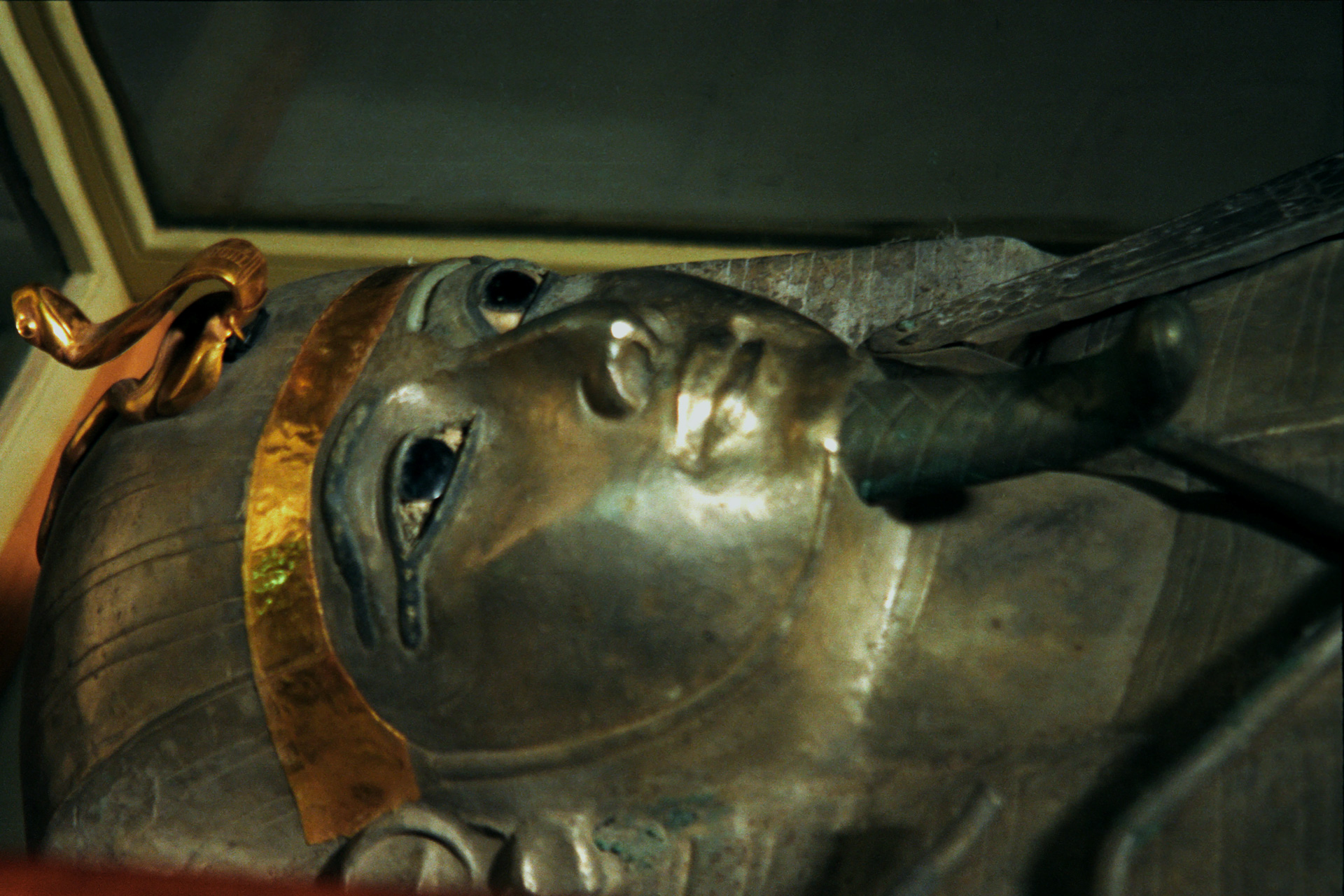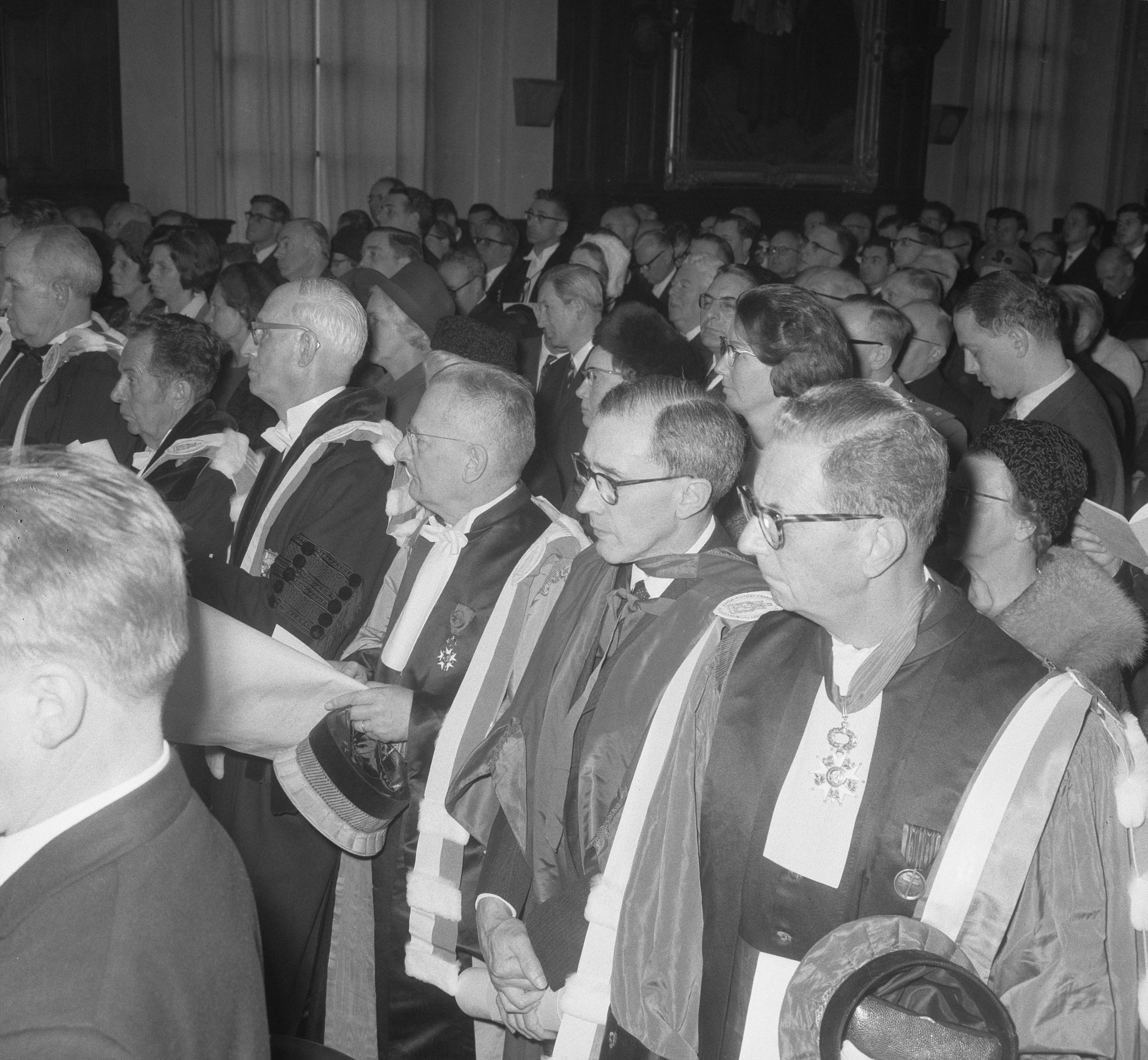|
Psusennes I
Psusennes I (; Greek Ψουσέννης) was the third pharaoh of the 21st Dynasty who ruled from Tanis between 1047 and 1001 BC. ''Psusennes'' is the Greek version of his original name Pasibkhanu or Pasebakhaenniut (in reconstructed Late Egyptian: /pəsiwʃeʕənneːʔə/), which means "The Star Appearing in the City" while his throne name, Akheperre Setepenamun, translates as "Great are the Manifestations of Ra, chosen of Amun." He was the son of Pinedjem I and Henuttawy, Ramesses XI's daughter by Tentamun. He married his sister Mutnedjmet. Psusennes's tomb, discovered in February 1940 by the French Egyptologist Pierre Montet, is notable for the condition in which it was found. All previously found pharaonic tombs had been graverobbed, including the tomb of Tutankhamun, and Psusennes's tomb was the only ancient Egyptian royal tomb discovered in fully intact condition. However, the humid climate of Lower Egypt meant only the metal objects had survived. Pharaoh Amenemope and ... [...More Info...] [...Related Items...] OR: [Wikipedia] [Google] [Baidu] |
Pierre Montet
Jean Pierre Marie Montet (27 June 1885 – 19 June 1966) was a French Egyptologist. Biography Montet was born in Villefranche-sur-Saône, Rhône, and began his studies under Victor Loret at the University of Lyon. He excavated at Byblos in Lebanon between 1921 and 1924, excavating tombs of rulers from Middle Kingdom of Egypt, Middle Kingdom times. Between 1929 and 1939, he excavated at Tanis, Egypt, finding the royal necropolis of the Twenty-first Dynasty of Egypt, Twenty-first and Twenty-second Dynasty of Egypt, Twenty-second Dynasties: those finds almost equalled that of Tutankhamun's tomb in the Valley of the Kings. In the 1939–1940 Egypt excavation season, he discovered the completely-intact tombs of three Egyptian pharaohs at Tanis: Psusennes I, Amenemope (pharaoh), Amenemope, and Shoshenq II along with the partially plundered tomb of Takelot I. The latter tomb contained a gold bracelet of Osorkon I, Takelot's father, as well as a heart scarab. He also found the f ... [...More Info...] [...Related Items...] OR: [Wikipedia] [Google] [Baidu] |
Tentamun (20th Dynasty)
Tentamun ("''she of Amun''") was an ancient Egyptian queen, most likely the wife of Ramesses XI, last ruler of the 20th Dynasty. She is mentioned on the funerary papyrus of her daughter Duathathor-Henuttawy, who was the wife of Pinedjem I and probably the daughter of Ramesses XI. Tentamun's name is written in a cartouche.Aidan Dodson & Dyan Hilton: ''The Complete Royal Families of Ancient Egypt''. Thames & Hudson, 2004, , pp. 192–194 Family A man named Nebseni is mentioned as her father on the funerary papyrus of her daughter.Grajetzki, Ancient Egyptian Queens: A Hieroglyphic Dictionary, Golden House Publications, London, 2005, He was probably buried in the Theban tomb TT320. Her children are: * Duathathor-Henuttawy, who was the wife of Pinedjem I * Another possible daughter is Tentamun, the wife of Smendes Hedjkheperre Setepenre Smendes was the founder of the Twenty-first Dynasty of Egypt and succeeded to the throne after burying Ramesses XI in Lower Egypt &ndas ... [...More Info...] [...Related Items...] OR: [Wikipedia] [Google] [Baidu] |
Pinedjem II
Pinedjem II was a High Priest of Amun at Thebes in Ancient Egypt from 990 BC to 969 BC and was the ''de facto'' ruler of the south of the country. Life He was married to his full sister Isetemkheb D (both children of Menkheperre, the High Priest of Amun at Thebes, by Isetemkheb III, hence both nephew, niece and grandchildren of Psusennes I and also to his niece Nesikhons, the daughter of his brother Smendes II., pp.200-201 He succeeded Smendes II, who had a short rule. His children by Isetemkheb D were: * Psusennes IIDodson & Hilton, p.200 * Herwebenkhet, a Chantress of Amun; buried at Bab el-GasusDodson & Hilton, p.205 * (?) Henuttawy, God's Wife of Amun By Neskhons he had four children: two sons, Tjanefer and Masaharta, and two daughters, Itawy and Nesitanebetashru. When Pinedjem II died, his mummy, along with those of his wives and at least one daughter, Nesitanebetashru, were interred in the tomb DB320 at Deir el-Bahri, above the Mortuary Temple of Hatshepsut ... [...More Info...] [...Related Items...] OR: [Wikipedia] [Google] [Baidu] |
Siamun
Neterkheperre or Netjerkheperre-Setepenamun Siamun was the sixth pharaoh of Ancient Egypt, Egypt during the Twenty-first Dynasty of Egypt, Twenty-first Dynasty. He built extensively in Lower Egypt for a king of the Third Intermediate Period and is regarded as one of the most powerful rulers of the Twenty-first Dynasty after Psusennes I. Siamun's prenomen, Netjerkheperre-Setepenamun, means "Divine is The Manifestation of Ra, Chosen of Amun" while his name means 'son of Amun.' Family Very little is known of the family relationships of Siamun. In 1999, Chris Bennett made a case for a Queen Karimala known from an inscription in the temple of Semna being the daughter of Osorkon the Elder.Chris Bennett, Queen Karimala, Daughter of Osochor? GM 173 (1999), pp.7-8 She is called both 'King's Daughter" and "King's Wife". Her name suggests she may have been Libyan, which would fit in with her being the daughter of Osorkon the Elder (Manetho's Osochor). Given the date of the inscription (a ye ... [...More Info...] [...Related Items...] OR: [Wikipedia] [Google] [Baidu] |
Osorkon The Elder
Aakheperre Setepenre Osorkon, also known as Osorkon the Elder, was the fifth king of the 21st Dynasty of Ancient Egypt and was the first Pharaoh of Meshwesh (Ancient Libyan) origin. He is also sometimes known as Osochor, following Manetho's ''Aegyptiaca''. Biography Osorkon the Elder was the son of Shoshenq A, the ''Great Chief of the Ma'' by the latter's wife Mehtenweshkhet A who is given the prestigious title of 'King's Mother' in a document. Osorkon was the brother of Nimlot A, the Great Chief of the Ma, and Tentshepeh A the daughter of the Great Chief of the Ma and, thus, an uncle of Shoshenq I, founder of the 22nd Dynasty. His existence was doubted by most scholars until Eric Young established in 1963 that the induction of a temple priest named Nespaneferhor in ''Year 2 I Shemu day 20'' under a certain king named Aakheperre Setepenre—in fragment 3B, line 1-3 of the Karnak Priest Annals —occurred one generation prior to the induction of Hori, Nespaneferhor's s ... [...More Info...] [...Related Items...] OR: [Wikipedia] [Google] [Baidu] |
Smendes
Hedjkheperre Setepenre Smendes was the founder of the Twenty-first Dynasty of Egypt and succeeded to the throne after burying Ramesses XI in Lower Egypt – territory which he controlled. His Egyptian nomen or birth name was actually Nesbanebdjed meaning "He of the Ram, Lord of Mendes", but it was translated into Greek as Smendes by later classical writers such as Josephus and Sextus Africanus. According to the Story of Wenamun from , Smendes was a governor of Lower Egypt during the Era of the Renaissance under the reign of Ramesses XI, however, Egyptologists have questioned the historical accuracy of this story. Family Smendes may have been a son of a lady named Hrere. Hrere was a Chief of the Harem of Amun-Re and likely the wife of a high priest of Amun. If Hrere was Smendes' mother, then he was a brother of Nodjmet and through her brother-in-law of the High Priests Herihor and Piankh. Smendes was married to Tentamun B, likely a daughter of Ramesses IX. They may ... [...More Info...] [...Related Items...] OR: [Wikipedia] [Google] [Baidu] |
Menkheperre
Menkheperre, son of Pinedjem I by wife Duathathor-Henuttawy (daughter of Ramesses XI by wife Tentamon), was the High Priest of Amun at Thebes in ancient Egypt from 1045 BC to 992 BC and ''de facto'' ruler of the south of the country., p.207 Biography Menkheperre's eldest full brother Masaharta followed their father Pinedjem I as High Priest. He was followed by another brother, Djedkhonsuefankh, after whose death, in the 25th year of Smendes I, Menkheperre became High Priest. With his elder half-brother ruling at Tanis as Pharaoh Psusennes I, Menkheperre's power, like that of Masaharta, must have been somewhat curtailed. Menkheperre took as his throne name the title of "First prophet of Amun", just as his great-grandfather Herihor had, perhaps an indication of this diminished role, though he kept the cartouche unlike his successors in the temple., p.207 Menkheperre married his niece Isetemkheb, daughter of his brother Psusennes I and wife Wiay. Their children were: * Sme ... [...More Info...] [...Related Items...] OR: [Wikipedia] [Google] [Baidu] |
Theban High Priests Of Amun
The High Priest of Amun or First Prophet of Amun (''wikt:ḥm#Egyptian, ḥm wikt:nṯr#Egyptian, nṯr wikt:tpj#Egyptian, tpj n wikt:jmn#Egyptian, jmn'') was the highest-ranking priest in the priesthood of the ancient Egyptian deities, ancient Egyptian god Amun. The first high priests of Amun appear in the New Kingdom of Egypt, at the beginning of the Eighteenth Dynasty of Egypt, Eighteenth Dynasty. History The priesthood of Amun rose in power during the early Eighteenth dynasty through significant tributes to the god Amun by rulers such as Hatshepsut and more importantly Thutmose III. The Amun priesthood in Thebes had four high-ranking priests: * The Chief Prophet of Amun at Karnak (''ḥm nṯr tpj n jmn''), also referred to as the Chief Priest of Amun. * The Second Prophet of Amun at Karnak (''ḥm nṯr snnw n jmn''), also referred to as the Second Priest of Amun. * The Third Prophet of Amun at Karnak (''ḥm nṯr ḫmtnw n jmn khemet-nu''), also referred to as the Third Pri ... [...More Info...] [...Related Items...] OR: [Wikipedia] [Google] [Baidu] |
Manetho
Manetho (; ''Manéthōn'', ''gen''.: Μανέθωνος, ''fl''. 290–260 BCE) was an Egyptian priest of the Ptolemaic Kingdom who lived in the early third century BCE, at the very beginning of the Hellenistic period. Little is certain about his life. He is known today as the author of a history of Egypt in Greek called the '' Aegyptiaca'' (''History of Egypt''), written during the reign of Ptolemy I Soter or Ptolemy II Philadelphus (285–246 BCE). None of Manetho’s original texts have survived; they are lost literary works, known only from fragments transmitted by later authors of classical and late antiquity. The remaining fragments of the ''Aegyptiaca'' continue to be a singular resource for delineating Egyptian chronology, more than two millennia since its composition. Until the decipherment of Ancient Egyptian scripts in the early 19th century CE, Manetho's fragments were an essential source for understanding Egyptian history. His work remains of unique importan ... [...More Info...] [...Related Items...] OR: [Wikipedia] [Google] [Baidu] |
Shoshenq II
The designation Shoshenq II is variously associated by scholars with several different Egyptian royal names, most commonly Heqakheperre Shoshenq IIa, discussed below, but also Tutkheperre Shoshenq IIb and Maatkheperre Shoshenq IIc, and is sometimes applied to the High Priest of Amun Shoshenq Q. Heqakheperre-setepenre Shoshenq-meryamun (Egyptian ''ḥqȝ-ḫpr-rʿ stp-n-rʿ ššnq mrj-jmn''), arbitrarily designated Shoshenq IIa, was a pharaoh of the 22nd Dynasty. King Heqakheperre Shoshenq is known entirely from his funerary effects, discovered in his reburial at Tanis by Pierre Montet in 1939. Scholars disagree as to the identity and chronological placement of the king. The royal throne name or prenomen, Heqakheperre Setepenre, has been interpreted as "The manifestation of Ra rules, the chosen one of Ra," or as "The ruler is the (very) manifestation of Ra, the chosen one of Ra." Evidence from burial The only ruler of this dynasty whose burial was not plundered by tomb ro ... [...More Info...] [...Related Items...] OR: [Wikipedia] [Google] [Baidu] |







